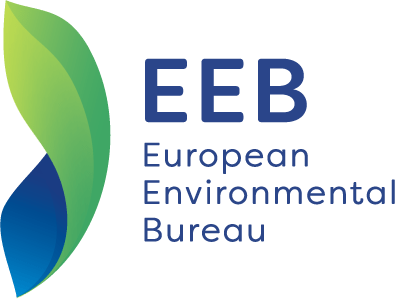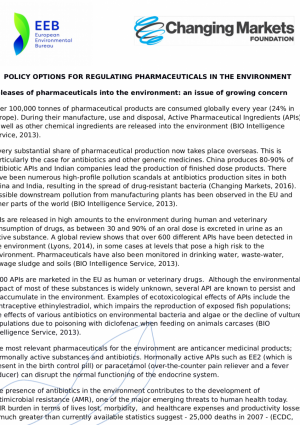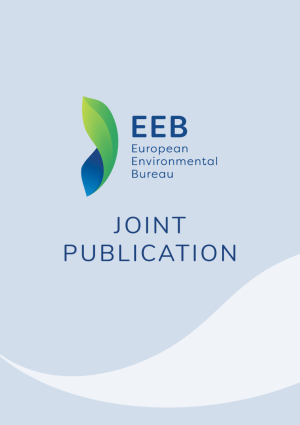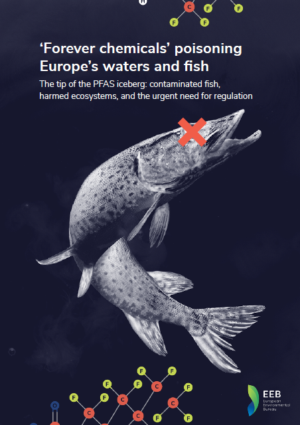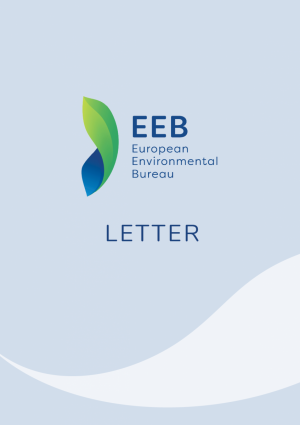
POLICY OPTIONS FOR REGULATING PHARMACEUTICALS IN THE ENVIRONMENT
Releases of pharmaceuticals into the environment: an issue of growing concern
Over 100,000 tonnes of pharmaceutical products are consumed globally every year (24% in Europe). During their manufacture, use and disposal, Active Pharmaceutical Ingredients (APIs) as well as other chemical ingredients are released into the environment (BIO Intelligence Service, 2013).
A very substantial share of pharmaceutical production now takes place overseas. This is particularly the case for antibiotics and other generic medicines. China produces 80-90% of antibiotic APIs and Indian companies lead the production of finished dose products. There have been numerous high-profile pollution scandals at antibiotics production sites in both China and India, resulting in the spread of drug-resistant bacteria (Changing Markets, 2016). Possible downstream pollution from manufacturing plants has been observed in the EU and other parts of the world (BIO Intelligence Service, 2013).
APIs are released in high amounts to the environment during human and veterinary consumption of drugs, as between 30 and 90% of an oral dose is excreted in urine as an active substance. A global review shows that over 600 different APIs have been detected in the environment (Lyons, 2014), in some cases at levels that pose a high risk to the environment. Pharmaceuticals have also been monitored in drinking water, waste-water, sewage sludge and soils (BIO Intelligence Service, 2013).
